#aplonis
Explore tagged Tumblr posts
Text

A flock of metallic starlings (Aplonis metallica) at a nest site in Australia
by Dustin Huntington
#metallic starling#starlings#birds#aplonis metallica#aplonis#sturnidae#passeriformes#aves#chordata#wildlife: australia#wildlife: oceania
496 notes
·
View notes
Text

Asian Glossy Starlings (Aplonis panayensis), EAT THE TASTY BERRIES!!!, family Sturnidae, order Passeriformes, Philippines
photograph by Delio Tolosa
568 notes
·
View notes
Text

Aplonis metallica
#Aplonis metallica#Aplonis#birds#artwork#digital illustration#forest#my art#art#bird art#bird#birdwatching#wild birds#sturnidae#artists on tumblr#nature#birds of tumblr#digital art#digital aritst#digital drawing#birdlovers#metallic starling#shining starling
70 notes
·
View notes
Text

November 10, 2024 - Micronesian Starling (Aplonis opaca) These starlings are found in Micronesia in forests and shrublands. Primarily foraging in trees, often in flocks of up to twelve, they mostly eat fruit and seeds, as well as insects and seabird eggs. They build nests from sticks, grass, and leaves in cavities in trees, palms, tree-ferns, cliffs, or human-made structures. Females lay clutches of one to four eggs. Both parents incubate them and care for the chicks.
62 notes
·
View notes
Text

#543, an asian glossy starling!
Requests for birds are open, updates happen on Thursdays. [project tag] | [kofi] Find me on: [twitter]
67 notes
·
View notes
Photo

A new variant has been added!
Short-tailed Starling (Aplonis minor) © Mitch Rose
It hatches from black, bronzed, gregarious, iridescent, nomadic, purple, short, and small eggs.
squawkoverflow - the ultimate bird collecting game 🥚 hatch ❤️ collect 🤝 connect
14 notes
·
View notes
Text



Asian glossy starling (Aplonis panayensis), family Sturnidae (starlings)
A common bird, with many inhabiting towns and cities.
Avifauna, taken July 2024
#animals#zoo#zoo photography#nature#Asian glossy starling#Aplonis panayensis#sturnidae#starlings#starling#avifauna
0 notes
Text
that mysterious starling sure can be mysterious
0 notes
Text
Why Start A Why Start A Cardiac Diabetic PCD Pharma Franchise?

In conclusion, the Cardiac Diabetic PCD Pharma Franchise presents a unique opportunity. You can contribute to the improvement of the lives of millions by focusing on specialized medications for cardiac and diabetic conditions.
#cardiac diabetic#glimepiride#aplonis healthcare#cardiac diabetic pcd company#cardiac diabetic pcd pharma franchise#cardiac diabetic medicine company#pcd pharma company#pharma franchise#diabetes#type 2 diabetes#medication#Cardiac Diabetic PCD Pharma
1 note
·
View note
Note
bird question: do you know any fun facts about Starlings?

Starlings are rather interesting birds, though they have a bad rep in America because when most people think of them, they think of European Starlings. It's actually said we have Shakespeare to thank for that. In 1890, a man named Eugene Schieffelin released 100 European starlings (sturnus vulgaris) into central park, supposedly claiming he had planned to bring every bird species mentioned in Shakespeare's works to North America. In reality, historians suspect he was just trying to control the local insect population. Regardless of the reason the starlings spread out fast, they're avid scavengers, highly social, and competitive to the point they've even been known to push other birds' eggs out of nest boxes. Their large migratory flocks (reaching upwards of 100,000 individuals), aggressive nesting behaviors, and crop stealing/scavenging behaviors are perfect for the english plains where they naturally reside, but damaging in rural America. Additionally, while European starlings are the most common and well-known species, there are actually an estimated 128-131 different species of starling, belonging to the family Sturnidae, starlings are highly intelligent, excellent at mimicry, striking to look at, and recognized as one of the most social types of birds. I can't talk about them all here, the post would be too long, but there are a few notable ones I'd like to include pictures of.

^this is an Emerald Starling (Lamprotornis iris) a non migratory species native to West Africa. They're great bird parents, with both male and female birds tending to chicks.

^next is the Greater Blue-eared Starling, they're seasonal migrants with a native range spanning over most of Africa. I think this bird is probably the closest I'll get to seeing the color olo.

^Probably the most popular starling is the Violet-backed Starling (Cinnyricinclus leucogaster) native to Sub-Saharan Africa. There are very few birds that are truly purple, and these guys are one of the most purple. Truly beautiful birds.

^and last, but certainly not least, my personal favorite, the Metalic Starling (Aplonis metallica), the only species of starling native to New Guinea and the nearby islands. They're crucial to local ecosystems due to their role in seed dispersion, they spread the seeds of the fruits and plants they eat through their excrement.
#birds#starlings#i really like birds#ornithology#fun facts#thanks for the ask!#tim talks birds#that's what I'm calling this new segment now
125 notes
·
View notes
Text
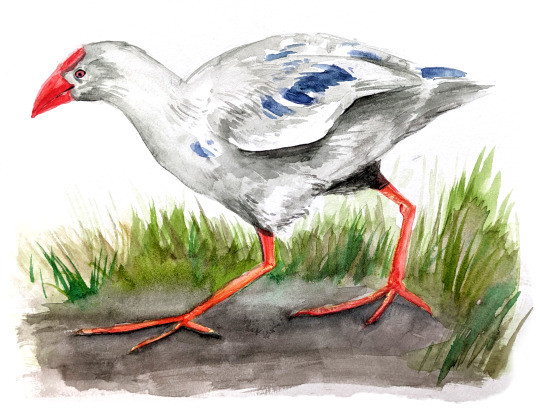
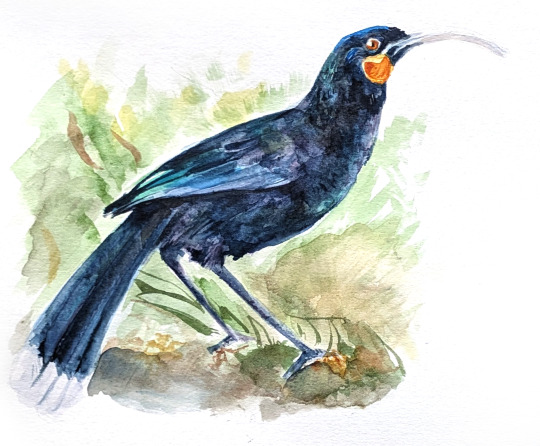

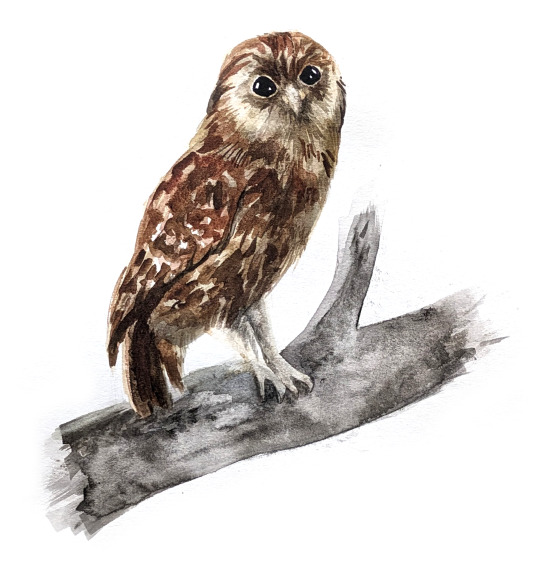
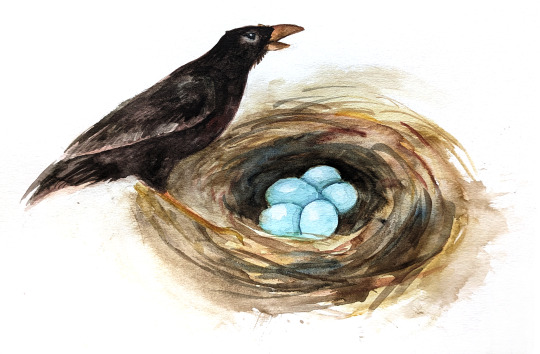
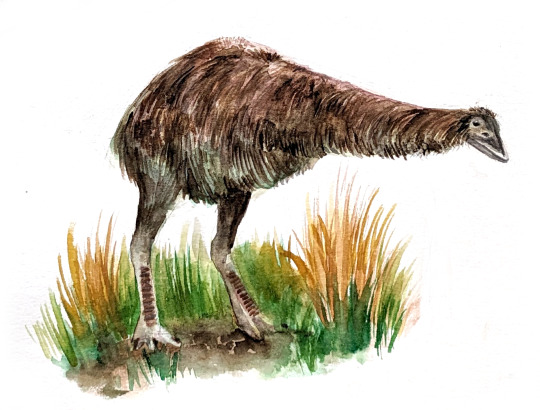
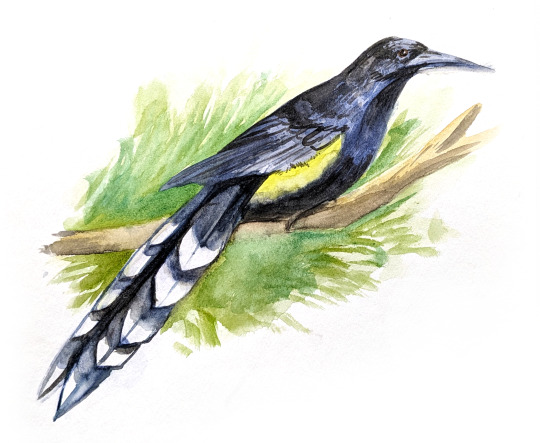
Oh, extinct birds, how I love you and miss you.
In order:
White swamphen (Porphyrio albus), native to Lord Howe Island
Huia (Heteralocha acutirostris), native to Aotearoa New Zealand
Dodo (Raphus cucullatus), native to Mauritius
Laughing owl (Ninox albifacies), native to Aotearoa New Zealand
Mysterious starling (Aplonis mavornata), native to Mauke
North Island giant moa (Dinornis novaezealandiae), native to Aotearoa New Zealand
O'ahu 'ō'ō (Moho apicalis), native to O'ahu
[Image IDs in alt text.]
#extinction#extinct animals#extinct birds#watercolor#scientific illustration#white swamphen#huia#dodo#laughing owl#mysterious starling#giant moa#'o'o#artaneae
190 notes
·
View notes
Text

Metallic starling. Aplonis metallica
Far North Queensland Australia
61 notes
·
View notes
Text

Asian Glossy Starling (Aplonis panayensis), family Sturnidae, order Passeriformes, Singapore
photograph by Chris Down
351 notes
·
View notes
Text

They've changed their weapon of color, and now it's this.
Micronesian Starling
Aplonis opaca
0 notes
Text
Exploring Avian Diversity in Siocon's Mangrove Areas, Mindanao
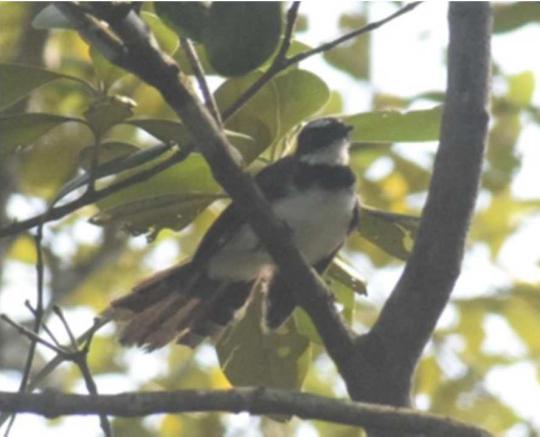
Abstract
With the rampant habitat destruction of wildlife in the Philippines, the avifauna is the most affected as endemism in the archipelago is so high. Siocon, Zamboanga del Norte potentially harbors several Mindanao threatened endemic species in its Siocon Resource Reserve, a patch of secondary mature lowland forest as well as in mangrove areas. Opportunistic sampling was employed using the point method to primarily document the avifauna, specifically in the mangrove areas of Barangay Manaol and Barangay A.L Micubo. A total of thirty-four (34) birds (avifauna) were identified and classified, where twenty-five of them were common to the two sites. These are Rhipidura nigritorquis, Cinnyris jugularis, Lalage nigra, Megalurus palustris, Passer montanus, Gerygone sulphurea, Artamus leucorynchus, Pycnonotus goiaver, Oriolus chinensis, Hirundo tahitica, Orthotomus castaneiceps, Aplonis panayensis, Lonchura atracapilla, Coryusv macrohynchos, Butorides striata, Egretta garzetta, Ardeola speciosa, Ardea alba, Ixobrychus sinensis, Pluvialis fulva, Himantopus himantopus, Sterna hirundo, Actilis hypoleucos, Anas luzonica, Dendrocygna arcuata, Geopelia striata, Spolopelia chinensis, Todiramphus chloris, Merops philippinus, Pandion haliaetus, Haliastur indus, Gallinula chloropus, Tachybaptus ruficolis, and Centropus viridis. Out of these, three species were endemic to the Philippines (O. castanneiceps, C. viridis, A. luzonica), the latter is also considered a threatened species. This baseline data on avifauna on mangrove forests is necessary for the framework of conservation policy in the area.

Introduction
The Philippines is one of the countries in the world considered as a biodiversity hotspot (Jumawan et al., 2012) and it is home to many avifauna species, which includes endemic and non-endemic species (Birdlife International, 2020). Specifically, as an archipelagic country, it harbors to more than 600 species of avifauna, where almost 200 of them are endemic (Tanalgo et al., 2015). According to Haribon (2014), 80 species of Philippine birds are now threatened to extinction, 13 are critically endangered, and 54 species are vulnerable. In the Zamboanga Peninsula, there are an estimated 142 species of avifauna in three key conservation sites, namely: the Lituban-Quipit watershed, Lake Maragang-Mt. Timolan and Pasonanca National Park. Around 78 species were found in Zamboanga City, of which 30 are nearly threatened (Panguntalan et al., 2011).

Mangrove ecosystems are one of the most biologically rich, diverse, and productive ecosystems in the world (Mahilac & Madjos, 2020), which provides a home to birds. They serve as some form of nursery for many species of invertebrates as well as birds, making them one of the ecologically essential ecosystems. Despite this crucial role, approximately one-third of the mangrove ecosystems worldwide have been lost over the past 50 years (Alongi, 2002). In the Philippines, a decline of mangroves was reported from half a million hectares in 1918 to only 120,000 hectares in 1994 (Primavera, 2000). This estimate is accordingly accounted for overharvesting for the conversion of mangroves to fishponds during the 1960s and 1970s, fuel or charcoal, agriculture, industry, and human settlements (Dieta & Dieta, 2015).
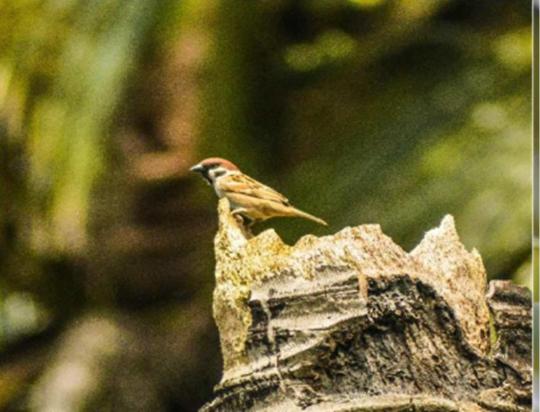
With this rampant habitat destruction and high endemism of birds, the country now possesses a disproportionately large number of threatened species for its size (Jacosalem et al., 2013). Further, the Philippines ranks second in terms of the number of threatened endemic birds in the world (Mallari et al., 2001). Among the islands where several endemic birds are threatened is Mindanao (Paguntalan et al., 2011). Despite the presence of a restricted-range and endemic species in the Zamboanga Peninsula (formerly called Western Mindanao), very few studies have been conducted in the area where most of the available information on avifauna is derived from museum records (Dickinson et al., 1991, Lambert 1996, Collar et al., 1999, Kennedy et al., 2000, Brooks 2002) and trip reports of visiting birdwatchers.
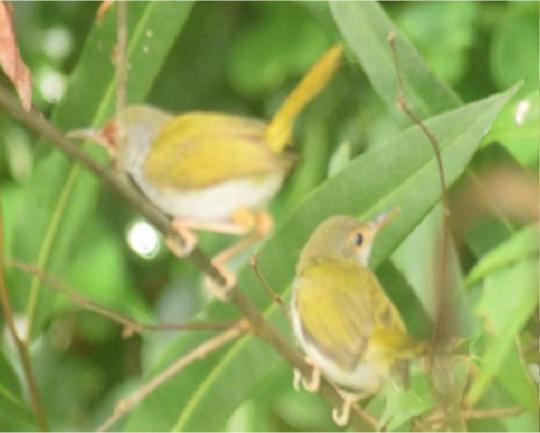
Siocon in Zamboanga del Norte, Mindanao potentially harbors several threatened endemic species in its Siocon Resource Reserve, a patch of secondary mature lowland forest as well as in mangrove areas (Paguntalan et al., 2011). Accordingly, there is a need to conduct more field research and surveys in the remaining forest patches of the Zamboanga Peninsula. As surveyed in the municipal office, the avifauna inventory is not yet in place. This study presents a list of bird species and information on the conservation status of the remaining forests and threatened birds in these areas.
Source : Avian species in selected mangrove areas in Siocon, Zamboanga del Norte, Mindanao, Philippines
1 note
·
View note
Photo

The scary closeup of an Asian Glossy Starling by Wolfe Chai Asian Glossy Starling (Aplonis panayensis)
303 notes
·
View notes